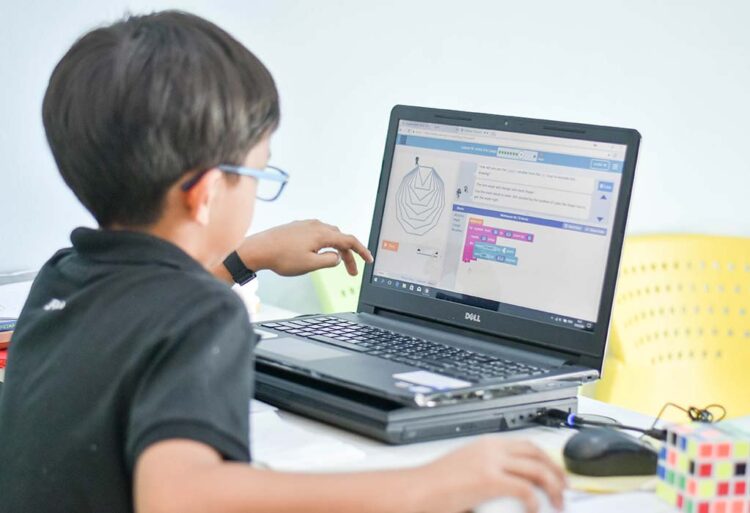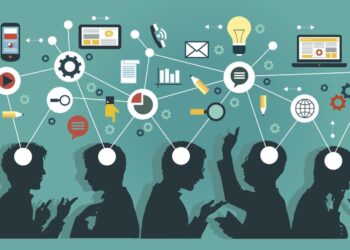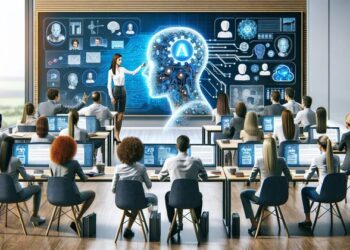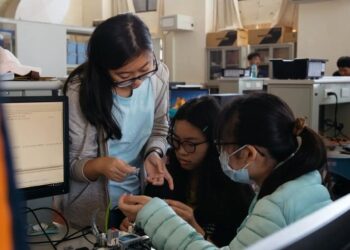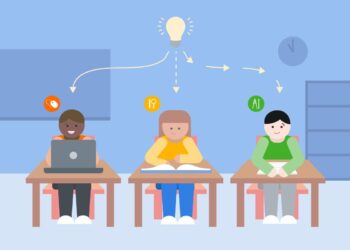The Digital Age Demands New Literacies
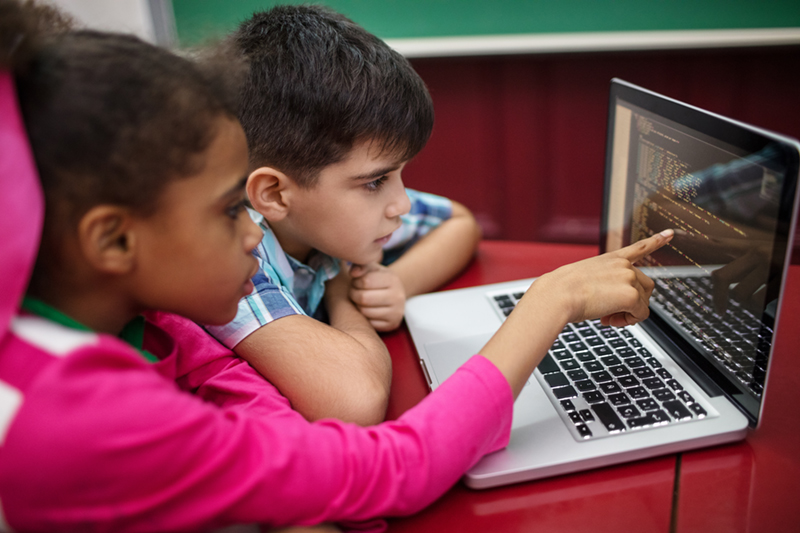
We live in a world fundamentally shaped by technology. From the smartphones in our pockets to the complex algorithms that power our social media feeds and the intricate systems that run our cities, software is omnipresent. In this environment, passively consuming technology is no longer enough; understanding how it works and being able to create with it offers a distinct advantage.
Historically, education systems focused on preparing students for an industrial economy. The emphasis was on rote learning and standardized skills. However, the information age and the subsequent digital revolution have fundamentally altered the demands of the workforce and society at large. Jobs that didn’t exist a decade ago are now commonplace, and many future careers will require a sophisticated understanding of digital tools and processes. This shift necessitates a re-evaluation of what constitutes a “core” education.
Introducing children to coding isn’t about training every child to become a software engineer. Instead, it’s about equipping them with computational thinking skills: the ability to break down complex problems into smaller, manageable parts, recognize patterns, devise step-by-step solutions, and think algorithmically. These are universally applicable skills that transcend the realm of computer science and are invaluable in any field, from scientific research to creative arts and entrepreneurship.
Why Teach Coding to Children?
The advantages of introducing coding to young minds are multifaceted, impacting cognitive development, problem-solving abilities, creativity, and future readiness.
A. Fosters Problem-Solving Skills: Coding is inherently about problem-solving. When a child writes a program, they encounter challenges, debug errors, and iteratively refine their solutions. This process trains them to approach problems logically, analyze them systematically, and develop persistence in finding solutions. It teaches them to break down large, daunting tasks into smaller, more manageable steps, a skill applicable to almost any real-world scenario.
B. Enhances Logical Thinking and Computational Thinking: Programming requires precise, sequential thinking. Children learn to think step-by-step, understand cause and effect, and anticipate outcomes. They develop computational thinking, which involves decomposition (breaking down problems), pattern recognition, abstraction (identifying general principles), and algorithm design (creating step-by-step solutions). These are fundamental cognitive skills that strengthen analytical capabilities.
C. Cultivates Creativity and Innovation: Coding is a powerful medium for creative expression. Instead of just consuming digital content, children become creators. They can design games, build interactive stories, animate characters, and bring their imaginative ideas to life. This hands-on creation process empowers them to think outside the box and innovate, transforming abstract ideas into tangible digital products.
D. Boosts Mathematical Skills: Coding often involves mathematical concepts such as variables, coordinates, logical operations, and geometry. Children apply these concepts in a practical, engaging context, making abstract mathematical ideas more concrete and understandable. This experiential learning can significantly improve their mathematical intuition and performance.
E. Improves Literacy and Communication: While seemingly counterintuitive, coding can enhance literacy. Children learn to read and understand code, which is a form of precise language. They also learn to articulate their ideas clearly when designing a program or explaining a bug, improving their communication skills. The structure of code often mirrors grammatical structures, reinforcing logical thought.
F. Develops Resilience and Persistence: Programming inevitably involves encountering errors and debugging. This process teaches children patience, perseverance, and the importance of learning from mistakes. Instead of giving up, they learn to analyze the problem, test different solutions, and celebrate small victories. This builds resilience, a crucial life skill.
G. Prepares for Future Careers: Regardless of the specific career path they choose, a basic understanding of coding and computational thinking will be an invaluable asset for future generations. Many jobs, even those not traditionally associated with technology, now require digital literacy. Introducing coding early provides a significant head start in navigating the future job market and equips them with highly sought-after skills.
H. Empowers Digital Citizenship: Understanding how technology works helps children become more discerning and responsible digital citizens. They learn about algorithms, data, and the underlying structures of the digital world, fostering a deeper understanding of privacy, security, and the impact of technology on society. This empowers them to use technology wisely and ethically.
I. Builds Confidence and Self-Efficacy: Successfully creating something with code, whether it’s a simple animation or a complex game, gives children a profound sense of accomplishment. This tangible outcome boosts their confidence in their abilities and fosters a belief that they can tackle complex challenges, translating into increased self-efficacy in other areas of their lives.
J. Encourages Collaboration and Teamwork: Many coding projects, especially in educational settings, involve collaborative work. Children learn to communicate effectively, share ideas, divide tasks, and work together to achieve a common goal. This develops essential teamwork skills that are highly valued in academic and professional environments.
Practical Approaches to Teaching Coding to Young Minds
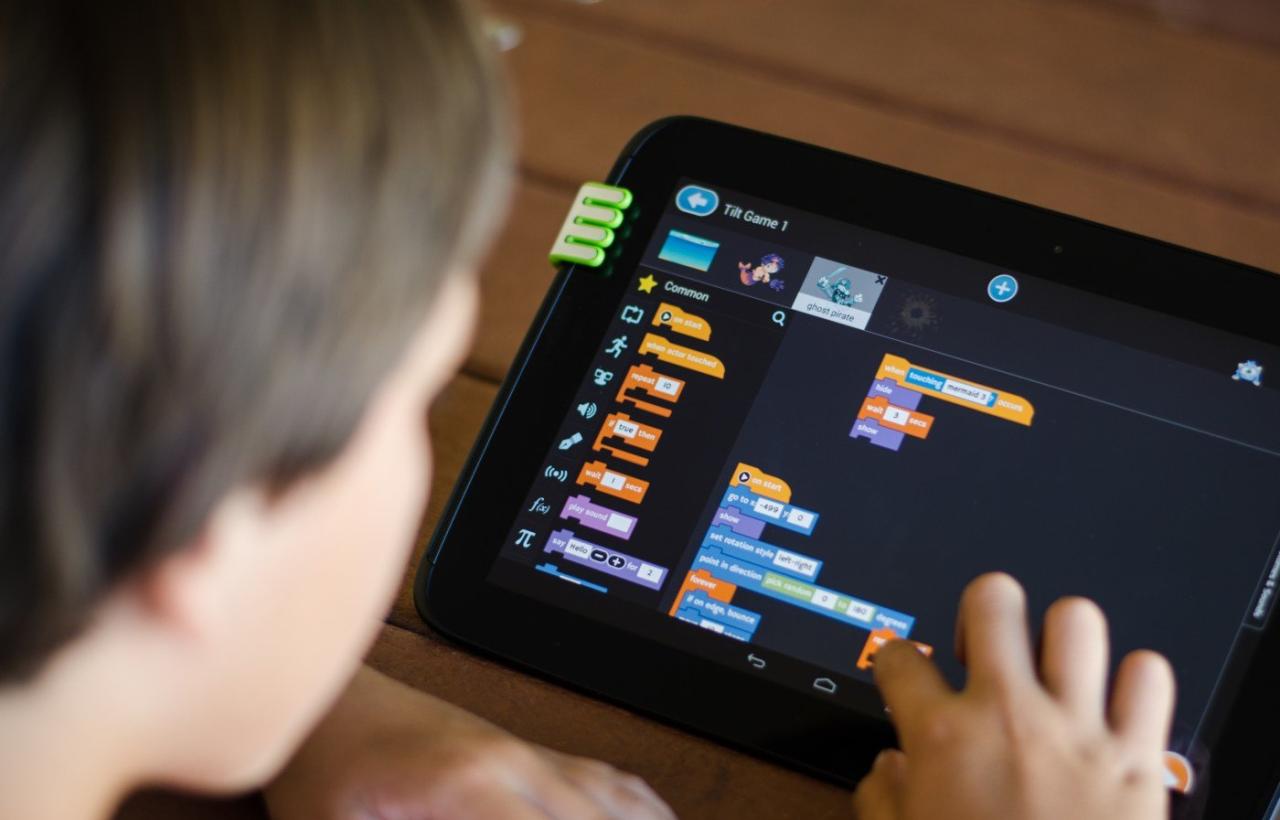
The key to successful coding education for children lies in making it engaging, age-appropriate, and accessible. Traditional text-based coding can be intimidating, so innovative approaches have emerged.
A. Block-Based Visual Programming Languages: For younger children (ages 5-10), block-based programming languages like Scratch (developed by MIT) are incredibly effective. These platforms allow children to drag and drop colorful code blocks to create animations, games, and interactive stories, eliminating syntax errors and focusing on logical flow. This visual approach is intuitive and highly engaging, making abstract concepts concrete.
B. Gamified Learning Platforms: Many online platforms and apps turn coding into a game. Code.org, Lightbot, and Tynker use puzzles, challenges, and narrative-driven scenarios to teach coding concepts in a fun and interactive way. Children learn through play, often without realizing they are mastering complex programming principles.
C. Robotics and Physical Computing: Integrating coding with tangible outputs, such as robotics (e.g., LEGO Mindstorms, Dash & Dot) or microcontrollers (e.g., Micro:bit), makes coding even more exciting. Children can see their code directly control a physical object, providing immediate feedback and a deeper understanding of how software interacts with hardware. This hands-on approach appeals to kinesthetic learners.
D. Unplugged Activities: Coding doesn’t always require a computer. Unplugged activities use everyday objects, games, and puzzles to teach computational thinking concepts like algorithms, sequencing, and debugging without any screens. Examples include giving precise instructions to a friend to draw a picture (algorithm), or sorting cards (data structures). These activities are excellent for introducing concepts before moving to digital tools.
E. Storytelling and Creative Projects: Frame coding as a tool for storytelling. Encourage children to create interactive narratives, digital art, or simple animations based on their favorite stories or characters. This taps into their natural inclination for creativity and makes coding feel less like a technical task and more like an artistic endeavor.
F. Mentorship and Role Models: Connecting children with older students, local professionals, or online communities can provide invaluable mentorship and inspiration. Seeing diverse individuals engaged in coding can break down stereotypes and show children the wide range of possibilities within the field.
G. Structured Curricula and Workshops: Schools and educational centers are increasingly offering structured coding curricula, after-school clubs, and holiday workshops. These provide a dedicated learning environment with trained instructors, often following progressive learning paths from beginner to advanced concepts.
H. Open-Ended Exploration and Projects: While structured learning is important, allowing children time for open-ended exploration and self-directed projects is crucial for fostering genuine interest and innovation. Providing resources and guidance, but letting them pursue their own ideas, strengthens their intrinsic motivation.
Challenges and Considerations in Early Coding Education
Despite the numerous benefits, implementing widespread early coding education comes with its own set of challenges that need to be addressed.
A. Teacher Training and Professional Development: A significant hurdle is ensuring that educators are adequately trained and confident in teaching coding. Many teachers may not have a background in computer science, requiring substantial professional development programs and ongoing support.
B. Access to Resources and Technology: Not all schools or families have equal access to computers, tablets, and reliable internet connectivity. This digital divide can exacerbate inequalities in educational opportunities, making it crucial to ensure equitable access to technology and learning resources.
C. Curriculum Integration: Integrating coding into an already packed school curriculum can be challenging. It requires careful planning to avoid simply adding another subject but rather weaving computational thinking into existing subjects like math, science, and even language arts.
D. Age Appropriateness and Pedagogy: Designing age-appropriate coding activities that are genuinely engaging and effective for very young children requires specialized pedagogical knowledge. It’s not about making coding “easy” but making it accessible and relevant to their developmental stage.
E. Screen Time Concerns: Parents and educators often express concerns about increased screen time. It’s important to balance digital coding activities with unplugged methods and other forms of play and learning to ensure a holistic approach to child development.
F. Maintaining Interest and Progression: Initial excitement about coding can wane if the activities don’t progress in complexity or remain challenging enough. Keeping children engaged over the long term requires a well-structured curriculum that builds skills incrementally and offers diverse projects.
G. Defining Learning Outcomes: Clearly defining what “success” looks like in early coding education is important. Is it about mastering specific programming languages, or more about developing computational thinking skills? Establishing clear learning objectives helps guide instruction and assessment.
Conclusion
The global momentum behind coding for young minds is undeniable. Countries worldwide are recognizing that investing in early computer science education is not just about preparing a future workforce, but about nurturing a generation of creative problem-solvers, critical thinkers, and innovators.
As technology continues its relentless march forward, the lines between different disciplines will blur even further. A future where scientists use code to model complex biological systems, artists use algorithms to create interactive installations, and entrepreneurs leverage data analytics to build new businesses is not far-fetched; it’s already here. Children learning to code today are not just learning a skill; they are acquiring a powerful lens through which to understand and shape the world around them.
The ultimate goal is to move beyond simply being users of technology to becoming creators of technology. This empowerment is transformative. It allows children to transition from passive consumers to active participants in the digital age, capable of building the future they envision. By making coding accessible, engaging, and relevant from an early age, we are truly unlocking the full potential of young minds, preparing them not just for jobs, but for a lifetime of learning, innovation, and impactful contribution to society.

